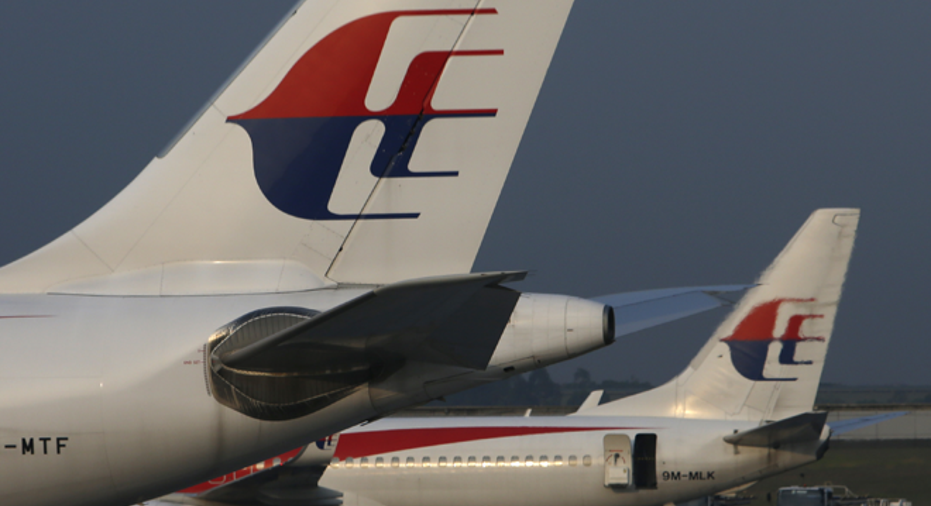Forget Where You’re Flying, Where Are You Flying Over?

Forget your flight’s destination, do you know how it’s getting there? Ever since last week’s Malaysia Airlines Flight 17 crash, nervous fliers have started asking just which path the captain is taking.
It’s easy now to wonder aloud how it is Malaysia Airlines could risk flying over a region rife with strife. But the truth, particularly for European travelers, is there are only so many ways to get from points West to Russia, or the Middle East or the Far East.
As the head of the Dutch Airline Pilots Association told The Wall Street Journal, “…try to find a way not to overfly any country that has some problems.”
Last week at this time, Malaysia Air was among 75 airlines flying through the airspace in eastern Ukraine, representing some 400 flights a day. That’s all changed since, but how is it any carrier even risked flying over a region where there’s so much conflict below?
British Airways had stopped all flyovers in the region, over what it called an abundance of caution as civil war erupted in Ukraine. But that doesn’t mean that other carriers were being reckless. They all heeded the Ukrainian government’s call to fly at a higher altitude over the troubled region. But we still don’t know how the government explained that warning, or justified it. All we know is that the airlines, including Malaysia Air, honored it.
Retracing events immediately before last week’s crash, Ukraine had only anecdotal evidence that Russian rebels were in possession of advanced antiaircraft equipment that reportedly were involved in shooting down the Boeing-made jet. It wasn’t until hours later that the first photographs emerged of the Buk systems that all but confirmed it.
What’s even more alarming is the relative crudeness of these anti-aircraft systems. Military experts say they often miss their targets wildly, and mechanisms in place to differentiate between military and commercial planes, fail repeatedly.
So, what’s an airline to do? For now, carriers are re-routing flights around the Ukraine entirely, adding 200 miles, or about 20 minutes for flights affected. But that’s only keeping them clear of Ukrainian airspace. There are similar, if not as heated conflicts in at least a half-dozen other former Soviet republics. And don’t even get security experts started on flying over any country in the Middle East – especially now.
Right now, no fewer than 37 countries are experiencing what is politely termed, “serious civil discord.” Whether rebels and fighters in any of those countries have access to anti-aircraft weaponry capable of shooting down jetliners is anyone’s guess. But it’s fair to say a good many have access to such equipment, or can get access.
That’s why airline watchers say you have to know your region, and appreciate the difference between flying over the comparably safe skies of the United States, Canada or most of Western Europe, and those of Eastern Europe or the Middle East. Again, it’s not where you’re flying, but where you’re flying over.
As typically happens after an air crash of any sort, fliers get restless – some cancel their trips, others reschedule what they deem to be safer trips. The numbers have yet to sort themselves out, but the reality of flying over a troubled world is clearly sinking in. Who knew that among the dangers we fear about flying aren’t the guys on the plane or trying to get on the plane…but the guys on the ground literally gunning for that plane.



















